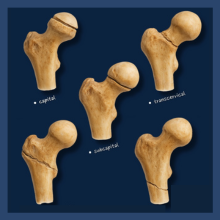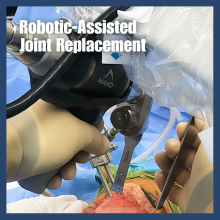Kneecap Resurfacing During Knee Replacement
updated by Cory Calendine, MD, Orthopaedic Surgeon
The decision to resurface the underside of the patella (patella) as part of total knee replacement may be influenced by a number of variables including surgeon’s preference, education, training, surgical technique, tradition and geographic location. Advocates for non-resurfacing or selectively resurfacing may claim no difference in patient reported outcomes, and that resurfacing is associated with increased risks such as extensor mechanism injury or malalignment, problems with the design of the patella component and technical issues intraoperatively.
New Patella Resurfacing Research
A new study recently published in the Journal of Orthopaedic Surgery and Research concluded that patella resurfacing and non-resurfacing often have similar patient-reported outcomes, but patella resurfacing is cost-effective and associated with a lower rate of re-operation compared to non-resurfacing. With improved patella prosthetic design and more precise computer-assisted knee replacement planning, Dr. Calendine chooses patella resurfacing for most knee replacement patients. The following video more accurately describes the process of patella resurfacing during knee replacement surgery.
RELATED ARTICLES:








